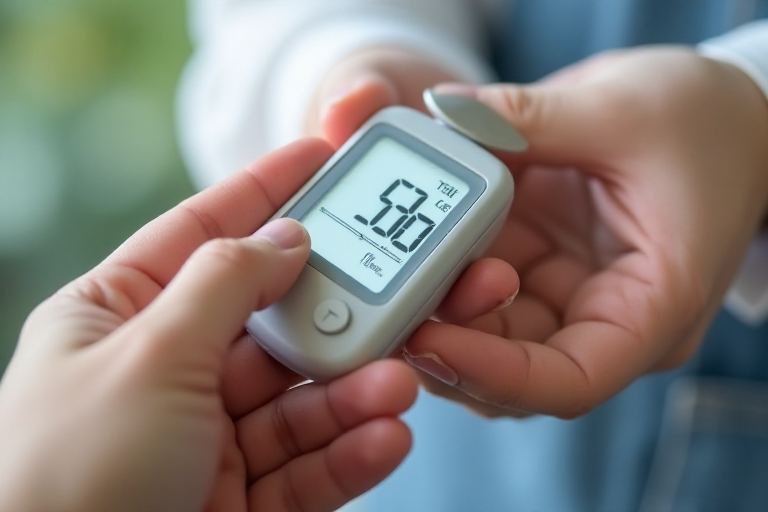
Managing diabetes effectively requires constant monitoring of blood glucose levels. One of the most essential tools for this purpose is the blood glucose meter. This device has revolutionized the way individuals with diabetes can track their blood sugar levels, offering a quick, accurate, and convenient method to manage their condition. In this article, we will delve into the intricacies of blood glucose meters, exploring their functionality, benefits, and how to choose the right one for your needs.
Blood glucose meters, also known as glucometers, are portable devices that measure the concentration of glucose in the blood. They are particularly crucial for people with diabetes, as maintaining optimal blood sugar levels is vital for preventing complications such as neuropathy, retinopathy, and cardiovascular diseases. The process of using a blood glucose meter typically involves pricking the finger to obtain a small blood sample, which is then placed on a test strip inserted into the meter. The device then provides a reading of the blood glucose level within seconds.
One of the primary advantages of blood glucose meters is their portability. Unlike traditional laboratory tests, which require a visit to a healthcare facility, glucometers allow individuals to monitor their blood sugar levels at home, at work, or even while traveling. This convenience empowers users to take control of their health and make informed decisions about their diet, exercise, and medication.
Modern blood glucose meters come with a variety of features designed to enhance user experience and accuracy. Some models offer Bluetooth connectivity, allowing users to sync their data with smartphone apps for easier tracking and analysis. Others have large, easy-to-read displays, which are particularly beneficial for elderly users or those with visual impairments. Additionally, many meters now require smaller blood samples, reducing discomfort and making the testing process less invasive.
When selecting a blood glucose meter, it’s important to consider several factors to ensure it meets your specific needs. Accuracy is paramount, as even slight deviations can lead to incorrect treatment decisions. Look for meters that have been clinically validated and approved by regulatory bodies such as the FDA. Ease of use is another critical factor; the device should be straightforward to operate, with clear instructions and minimal steps required for testing. Cost is also a consideration, as ongoing expenses for test strips and lancets can add up over time. Some insurance plans may cover the cost of these supplies, so it’s worth checking with your provider.
Maintaining your blood glucose meter is essential for ensuring its accuracy and longevity. Regularly calibrating the device, if required, and keeping it clean are simple yet effective ways to maintain its performance. It’s also important to store the meter and test strips in a cool, dry place, as extreme temperatures and humidity can affect their functionality. Replacing the batteries as needed and following the manufacturer’s guidelines for care and maintenance will help keep your meter in optimal condition.
In conclusion, the blood glucose meter is an indispensable tool for anyone managing diabetes. Its ability to provide quick and accurate blood sugar readings empowers individuals to take proactive steps in managing their health. With a wide range of models available, each offering different features and benefits, it’s crucial to choose a meter that aligns with your lifestyle and needs. By doing so, you can ensure that you are equipped with the best possible tool to help you maintain optimal blood glucose levels and lead a healthier life.
